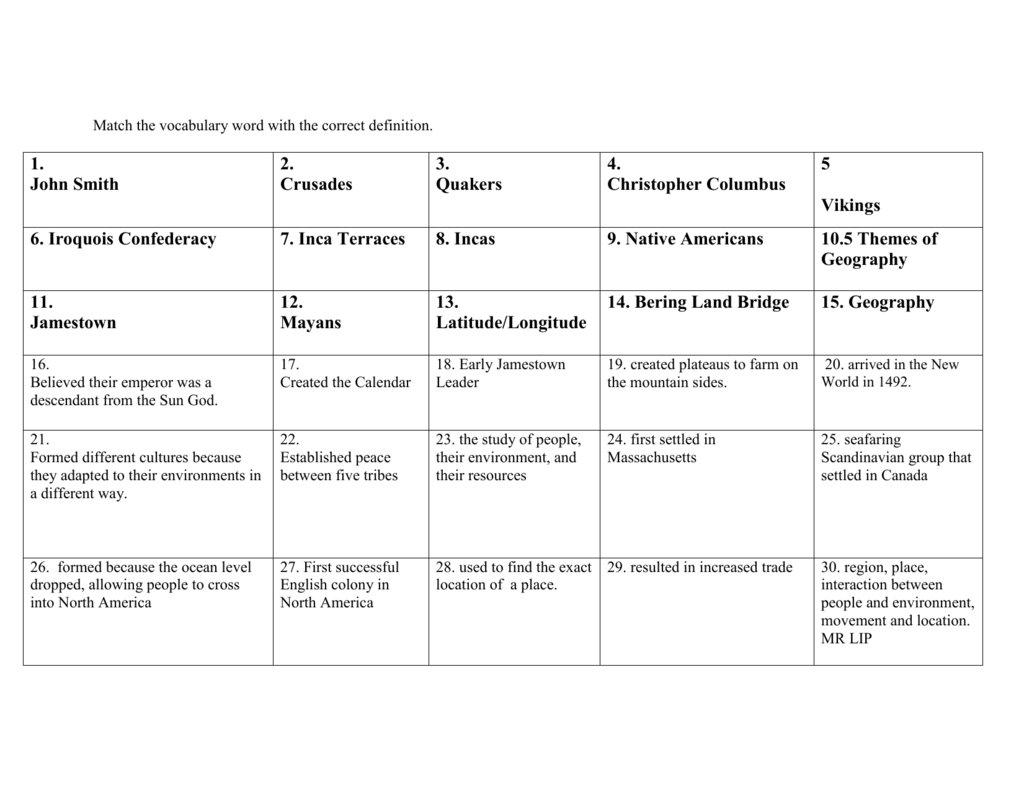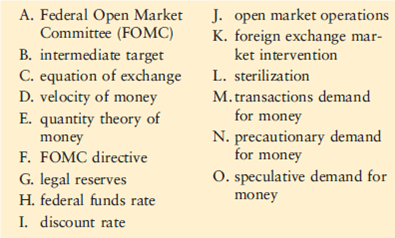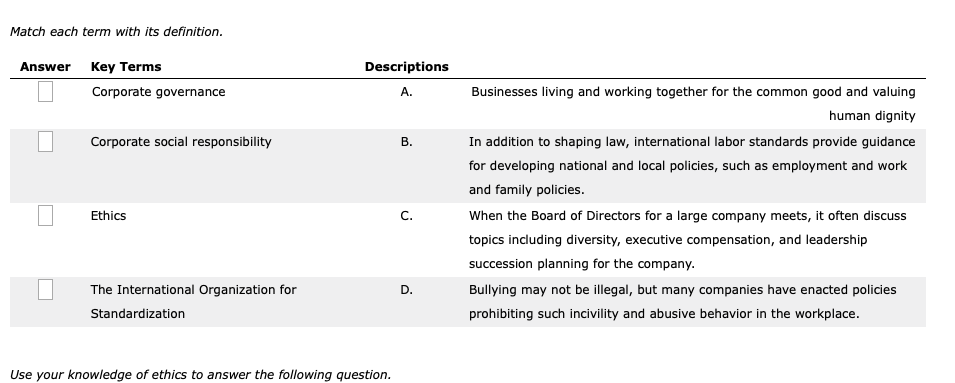

See also: United States federal executive departments, United States Congress, and Federal judiciary of the United States Suffrage is nearly universal for citizens 18 years of age and older, with the notable exception of registered felons. more than any other candidate, but not necessarily a majority). Almost all public officials in America are elected from single-member districts and win office by winning a plurality of votes cast (i.e. Both parties have no formal central organization at the national level that controls membership, elected officials or political policies thus, each party has traditionally had factions and individuals that deviated from party positions. Since the mid-20th Century, the Democratic Party has generally supported left-of-center policies, while the Republican Party has generally supported right-wing ones. politics is dominated by two parties, which since the American Civil War have been the Democratic Party and the Republican Party, although other parties have run candidates. Officials are popularly elected at the federal, state and local levels, with the major exception being the President, who is instead elected indirectly by the people through the Electoral College. At the local level, governments are found in counties or county-equivalents, and beneath them individual municipalities, townships, school districts, and special districts. Each have three branches: an executive branch headed by a governor, a legislative body, and judicial branch. Each state also has a constitution following the pattern of the federal constitution but differing in details. Congress which forms the legislative branch, a bicameral legislative body comprising the House of Representatives and the Senate the executive branch, which is headed by the president of the United States, who serves as the country's head of state and government and the judicial branch, composed of the Supreme Court and lower federal courts, and which exercises judicial power.Įach of the 50 individual state governments has the power to make laws within its jurisdiction that are not granted to the federal government nor denied to the states in the U.S. In the United States, politics function within a framework of a constitutional federal republic and presidential system, with three distinct branches that share powers: the U.S. Kevin McCarthy, Speaker of the House of Representatives Kamala Harris, Vice President & President of the Senate


Federal presidential constitutional republic


 0 kommentar(er)
0 kommentar(er)
